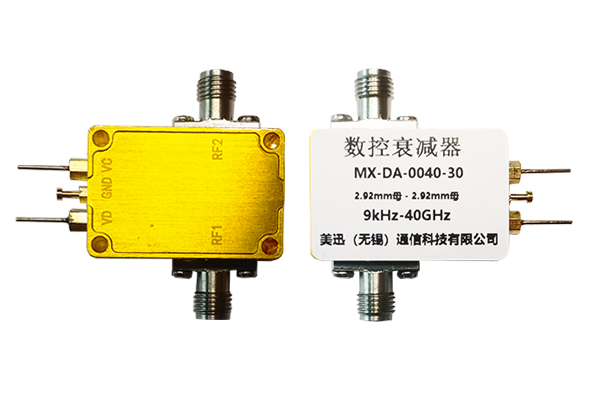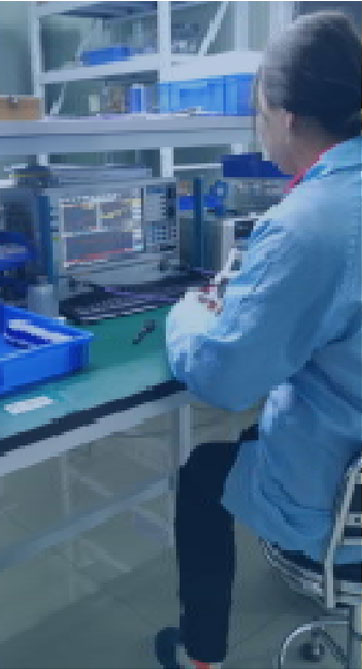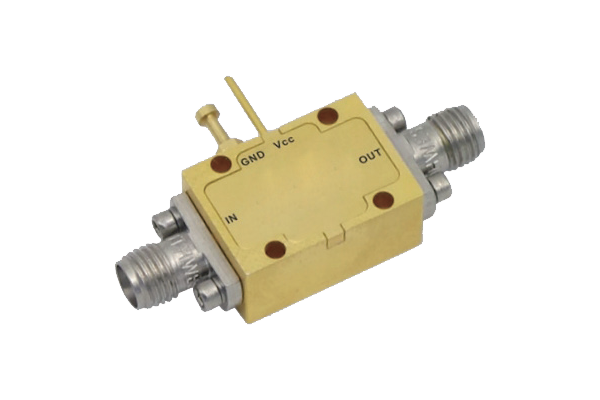
PIN diodes have evolved into key components for microwave and RF applications due to their built-in device properties Their high-speed switching performance and low capacitance along with negligible insertion loss position them well for switch modulator and attenuator implementations. The underlying principle of PIN diode switching involves controlling charge flow through the junction by biasing the device. Biasing the diode adjusts the depletion region size in the p-n junction, changing its conductive state. Bias adjustment yields effective PIN diode switching suitable for high-frequency use with limited distortion
In designs requiring accurate timing control PIN diodes are integrated into refined circuit architectures They may be applied in RF filtering arrangements to selectively pass or reject particular frequency bands. Their capability to tolerate high-power signals allows deployment in amplifiers power dividers and generator equipment. Miniaturization and improved efficiency of PIN diodes have extended their usefulness across wireless systems and radar platforms
Performance Considerations for Coaxial Switch Engineering
Designing coaxial switches involves a delicate process that must account for many interrelated parameters Performance depends on which switch style is used the operational frequency and insertion loss performance. Minimizing insertion loss and enhancing isolation are primary goals for coaxial switch engineering
Analyzing performance involves measuring important parameters like return loss insertion loss and port isolation. Such parameters are usually determined via simulations analytic models and physical experiments. Reliable operation of coaxial switches demands thorough and accurate performance analysis
- Common analysis methods include simulation tools theoretical analysis and hands-on experiments to study switch performance
- Temperature, mismatched impedances and manufacturing variances often have strong effects on switch performance
- Cutting-edge developments and emerging trends in switch engineering work to improve performance while shrinking size and reducing power usage
LNA Performance Enhancement Techniques
Optimization of LNA gain efficiency and overall performance is critical to achieve excellent signal preservation Achieving results demands careful transistor picks optimized bias settings and considered topology design. Well engineered LNA circuits reduce noise influence and increase amplification while controlling distortion. Analytical modeling and simulation utilities are key to predicting how different design options influence noise behavior. Reducing the Noise Figure remains the design target to ensure strong signal retention with minimal added noise
- Selecting low-noise active devices is central to achieving low overall noise
- Implementing suitable and optimal bias conditions helps minimize transistor noise
- Circuit topology significantly influences overall noise performance
Methods including impedance matching cancellation schemes and feedback control boost LNA performance
Signal Switching Using Pin Diodes

PIN diode switch networks offer flexible and efficient means to route RF energy in many systems Such semiconductor switches toggle quickly between states to permit dynamic control of signal routes. Key benefits include minimal insertion loss and strong isolation to limit signal deterioration during switching. They are commonly used in antenna selection duplexers and phased array RF antennas
A control voltage governs resistance levels and thereby enables switching of RF paths. In its open state the diode’s resistance is high enough to stop signal flow. With forward bias the diode’s resistance diminishes permitting the RF signal to flow
- Additionally moreover furthermore PIN diode switches offer rapid switching low power consumption and compact size
Different architectures and configurations of PIN diode switch networks enable complex routing capabilities. Strategic interconnection of many switches yields configurable switching matrices for versatile path routing
Measuring the Performance of Coaxial Microwave Switches

Thorough assessment and testing of coaxial microwave switches are necessary to guarantee reliable system operation. Many factors such as insertion reflection transmission loss isolation switching speed and spectrum range govern switch performance. Complete evaluation comprises quantifying these parameters across different operating environmental and test conditions
- Further the testing should consider reliability robustness durability and capability to withstand harsh environmental factors
- Finally the result of robust evaluation gives key valuable essential data for choosing designing and optimizing switches to meet specific requirements
Review of Techniques to Reduce Noise in Low Noise Amplifiers
Low noise amplifier circuits are central to RF systems for enhancing weak signals and limiting internal noise. The paper provides a comprehensive examination analysis and overview of techniques aimed at lowering noise in LNAs. We analyze investigate and discuss main noise origins such as thermal shot and flicker noise. We also cover noise matching feedback network techniques and ideal bias strategies to mitigate noise. It presents recent developments like new semiconductor materials and fresh circuit architectures that lower noise figure. By elucidating noise reduction principles and applied practices the article aims to be a valuable resource for engineers and researchers building high performance RF systems
High Speed Switching Applications for PIN Diodes

They possess unique remarkable and exceptional qualities beneficial for high speed switching Minimal capacitance and low resistance support rapid switching speeds for applications needing accurate timing. Additionally their linear response to applied voltage aids in accurate amplitude modulation and switching behavior. Their adaptable flexible and versatile nature makes them suitable applicable and appropriate for broad high speed applications Examples include optical communications microwave circuits and signal processing devices equipment and hardware
Coaxial Switch IC Integration and Circuit Switching
IC coaxial switch technology represents a major step forward in signal routing processing and handling for electronic systems circuits and devices. These ICs control manage and direct coaxial signal flow providing high frequency capability with low latency propagation and insertion timing. The miniaturized nature of IC technology produces compact efficient reliable and robust designs suitable for dense interfacing integration and connectivity demands
- With careful meticulous and rigorous execution of these strategies designers can obtain LNAs exhibiting excellent noise performance for sensitive reliable systems By meticulously carefully and rigorously applying these methods developers can produce LNAs with superior noise performance enabling sensitive reliable electronics By carefully meticulously and rigorously applying these approaches designers can realize LNAs with outstanding noise performance enabling sensitive reliable electronic systems Through careful meticulous and rigorous application of such low-noise amplifier methods engineers can design LNAs with top tier noise performance enabling dependable sensitive systems
- Applications range across telecommunications data communications and wireless networking
- Aerospace defense and industrial automation benefit from integrated coaxial switch solutions
- These technologies appear in consumer electronics A V gear and test and measurement setups
LNA Design Challenges for mmWave Frequencies

mmWave LNA challenges include significant signal attenuation and greater sensitivity to noise sources. At high mmWave frequencies parasitic capacitances and inductances can dominate requiring precise layout and part selection. Input matching minimization and power gain maximization are critical essential and important for mmWave LNAs. Choosing appropriate active devices like HEMTs GaAs MESFETs or InP HBTs is key to achieving low noise at mmWave bands. Further the design implementation and optimization of matching networks remains vital to achieve efficient power transfer and proper impedance matching. Paying attention to package parasitics is necessary since they can degrade LNA performance at mmWave. Applying low loss transmission lines and meticulous ground plane design is essential necessary and important to lower signal reflection and keep bandwidth
Characterization and Modeling of PIN Diodes for RF Switching
PIN diodes operate as essential components elements and parts in diverse RF switching applications. Accurate precise and detailed characterization of these devices is essential for designing developing and optimizing reliable high performance circuits. The work involves analyzing evaluating and examining electrical characteristics like voltage current resistance impedance and conductance. The characterization includes frequency response bandwidth tuning capabilities and switching speed latency or response time
Furthermore moreover additionally accurate model and simulation development for PIN diodes is vital essential and crucial for behavior prediction in RF systems. Different numerous and various modeling strategies are available including lumped element distributed element and SPICE models. The selection of an apt model simulation or representation relies on particular application requirements and the expected required desired accuracy
Innovative Advanced Techniques for Low Noise Amplifier Engineering
LNA design work requires precise management of topology and component selection to minimize noise. Recent semiconductor innovations and emerging technologies facilitate innovative groundbreaking sophisticated design methods that reduce noise significantly.
Among the techniques are utilizing implementing and employing wideband matching networks integrating low noise high intrinsic gain transistors and refining biasing schemes strategies and approaches. Further advanced packaging approaches together with thermal management methods play a vital role in minimizing external noise contributions. By carefully meticulously and rigorously applying these approaches designers can realize LNAs with outstanding noise performance enabling sensitive reliable electronic systems
